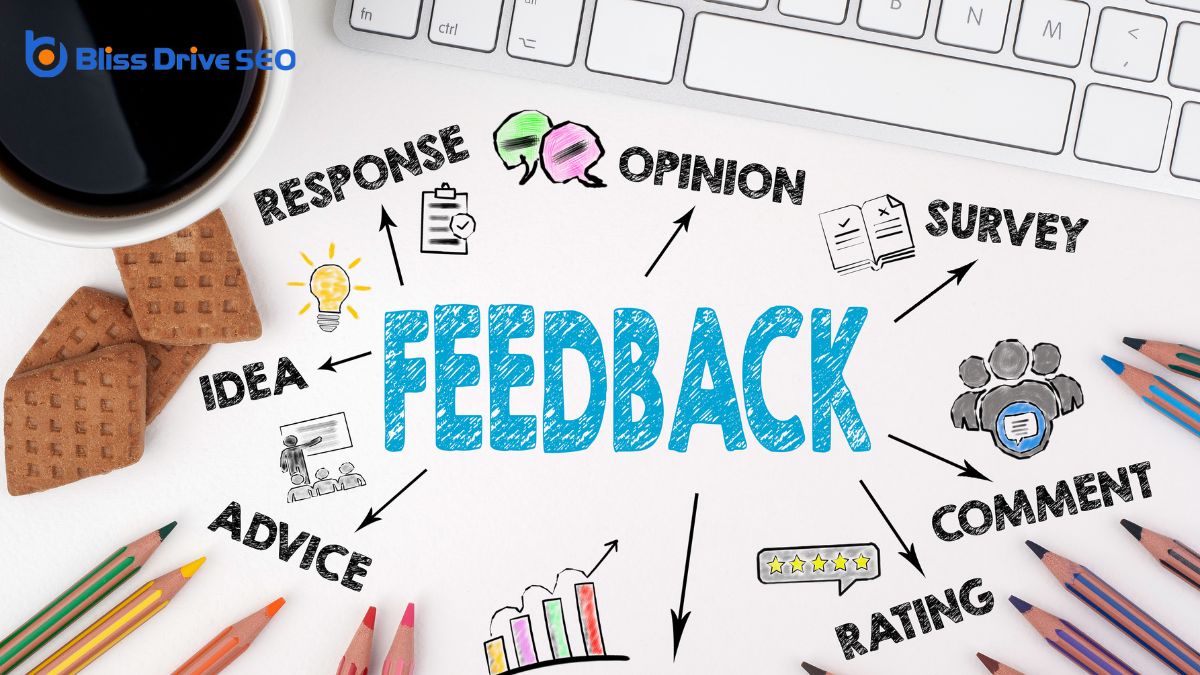Digital Marketing Services
Learn More About Us

You've probably heard a lot about conversionThe completion of a desired action by a referred user, such as making a purchase or filling out a fo... rates, but how do you actually manage them effectively? It's not just about having a great product or service; it's about knowing what makes your audience tick. By analyzing user behavior and implementing strategies like intuitive navigation and clear calls-to-action, you can enhance user experience and boost conversions. But there's more to it than that. How do you guarantee your efforts are truly making a difference? The answer lies in continuous testing and feedback. Curious about how to put this into practice? Let's explore the key elements that drive successful conversion management.

Understanding conversion rateThe percentage of visitors who complete a desired action, such as making a purchase or filling out a... is essential for optimizing your website's performance and driving business growth. When you grasp what conversion rate means, you can make more informed decisions to boost your site's effectiveness.
At its core, conversion rate is the percentage of visitors who complete a desired action on your site, like making a purchase or signing up for a newsletterA regularly distributed email containing news, updates, and content relevant to subscribers.. To calculate it, divide the number of conversions by the total number of visitors, then multiply by 100.
Focusing on conversion rate helps you identify which areas of your website need improvement. By understanding user behavior and preferences, you can tailor your content and design to better meet their needs.
This insight allows you to create a more engaging and persuasive online experience, ultimately increasing your business's success.
To effectively boost your conversion rate, one of the most impactful strategies is optimizing your landing pages.
Start by verifying your landing pageThe web page a user is directed to after clicking on an affiliate link, optimized for conversions. aligns perfectly with the ad or link that directed visitors there. Consistency in messaging keeps potential customers engaged.
Use compelling headlines that clearly state the benefits of your offerThe specific product or service being promoted by affiliates.. Make your call-to-action (CTA) buttons stand out with contrasting colors and action-oriented text.
Limit distractions by removing unnecessary navigation links. Test different elements like images, text, and CTAs to find what resonates with your audience.
Confirm your page loads quickly; slow speeds can drive visitors away. Use concise copy that speaks directly to your audience's needs.
While optimizing landing pages is essential, enhancing the user experience (UX)The overall experience a user has when interacting with a website or application, including usabilit... throughout your site is equally important for boosting conversion rates.
Start by ensuring your website is intuitive and easy to navigate. When users can find what they need without frustration, they're more likely to convert. Use clear calls-to-action that guide visitors through their journey smoothly.
Also, prioritize mobile responsiveness; a seamless experience on all devices is vital. Don't forget about site speed—no one likes waiting, and slow pages can drive users away.
Regularly test your site's performance and gather user feedback to identify pain points. Addressing these issues shows you value their experience, which builds trust and encourages them to take that final step toward conversion.
A streamlined checkout process can greatly boost your conversion rate by reducing friction for your customers.
Start by simplifying payment options to guarantee they don't encounter any unnecessary hurdles.
Next, optimize form fields by keeping them concise and only asking for essential information.
Even though your website might attract a high volume of visitors, complicated payment options can considerably hinder conversion rates. Simplifying these options guarantees a smoother checkout experience and encourages customers to complete their purchases.
First, offer multiple payment methods. Customers appreciate flexibility, whether they prefer credit cards, PayPal, or digital wallets.
Second, incorporate one-click payment options for returning users to speed up the process.
Third, verify your payment gatewayA service that authorizes and processes payments for online retailers. is secure and visibly trustworthy, as security concerns can deter purchases.
Finally, provide a guest checkout option to avoid forcing account creation, which can be a significant turn-off.
Streamlining payments effectively boosts your conversion rate, making it a critical strategy.
To enhance your conversion rate, focus on optimizing form fields during the checkout process. Start by minimizing the number of fields customers need to fill out. Only ask for essential information—this reduces friction and speeds up the buying process.
Use clear labels and guarantee each field is easy to understand. Implement autofill features to save time and reduce errors. Responsive designA web design approach that makes web pages render well on a variety of devices and window or screen ... is vital, so make certain your forms work seamlessly on all devices.
Validate entries in real-time to catch mistakes before submission, which prevents frustration. Additionally, provide visual cues for errors and guarantee your design is intuitive.
Harnessing the power of data analytics can transform the way you manage your conversion rate. By diving into the metrics and numbers, you'll uncover valuable insights that can guide your decisions.
Start by tracking key performance indicators (KPIs) that directly impact conversions. Analyze patterns and trends to understand what drives success on your site.
Consider focusing on the following:
When you're implementing A/B testing, start by designing effective test variations to see what resonates best with your audience.
Focus on creating clear hypotheses and making distinct changes that can provide valuable insights.
After running the tests, analyze the results to determine which version performs better and why, helping you make informed decisions to boost your conversion rate.
Ever wondered how slight tweaks in your website's design could boost your conversion rates?
It all starts with designing effective test variations for A/B testing. You need to identify elements that can influence user behavior.
Focus on aspects like:
Once you've crafted your test variations, the next step is to analyze the results of your A/B tests to glean actionable insights.
Start by comparing the performance metricsKey indicators used to measure the effectiveness of affiliate marketing efforts, such as clicks, con... of each variation. Focus on key indicators like conversion rate, bounce rateThe percentage of visitors who leave a website after viewing only one page., and average session duration. These metrics reveal how users interact with each version.
Make sure your sample size is large enough for statistical significance; otherwise, your results might be misleading. Use statistical tools or software to calculate significance and confidence levels.
Look for patterns in user behavior and determine which elements drive conversions. If one variation outperforms the other, identify the successful components and consider implementing them more broadly.
To truly boost your conversion rate, tailoring user interactions to individual preferences can be a game-changer. By personalizing experiences, you create a more engaging and relevant journey for each visitor.
Start by collecting data that reveals user behavior and preferences. This helps you understand their needs better. Use this knowledge to offer recommendations, craft targeted messages, and present relevant products or services.
Consider these personalization strategies:
While personalization enhances user experience, guaranteeing your website is mobile-responsive is equally essential for boosting conversion rates.
With more users browsing on mobile devices, your site must adapt seamlessly to smaller screens. If users struggle with navigation on their phones, they're likely to leave without converting.
Start by using a responsive design that automatically adjusts to any screen size. Test your site across various devices to guarantee it loads quickly and functions smoothly.
Pay attention to touch-friendly elements. Buttons should be large enough to tap easily, and text should be readable without zooming.
Simplify navigation by using a clean, intuitive layout. Don't forget to optimize images to improve load times.

Understanding customer feedbackInformation provided by customers about their experience with a product or service, used to improve ... is essential for optimizing your conversion rate, as it provides direct insights into what your audience values and where your website might fall short.
By actively listening to your customers, you can identify areas for improvement and make informed decisions to enhance their experience.
Here's how you can leverage feedback effectively:
Taking these steps guarantees you're consistently aligned with customer needs, driving better conversion outcomes.
To boost your conversion rate, focus on understanding and improving each step of the user journey. Optimize your landing pages and streamline the checkout process for a seamless experience. Use data analytics and A/B testing to identify what's working and what needs tweaking. Don't forget to personalize interactions and guarantee your site is mobile-friendly. Finally, listen to customer feedback to address pain points. By taking these steps, you'll drive better engagement and conversions.
